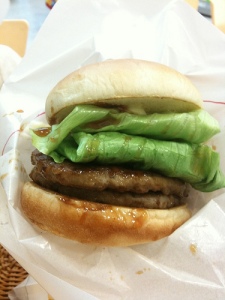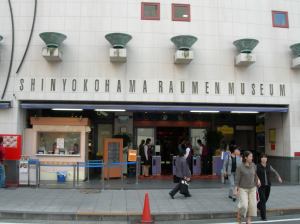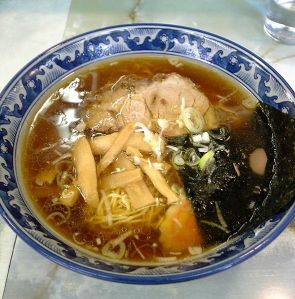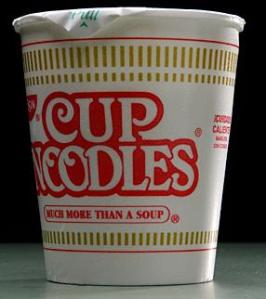Tsukiji fish market 築地市場

Did you know Tokyo holds the biggest fish market in the world?
Yes the Tsukiji fish market is the biggest whole sale fish and seafood market in the world.
The market is located near the Tsukijishijo Station on the Toei Oedo line and Tsukiji Station on the Tokyo Metro Hibiya line (that’s my home line). I love this market, if you are a sushi fan its heaven. You can eat delishously fresh sushi’s of any kind and witness the live auctions if you’re an early bird.
There are two sections at Tsukiji market: the Jonai shijo and the Jogai shijo
In the Jonai shijo section you will find all the whole sealers, this is where the action takes place in the morning and when I say morning it’s early around 5h30 am because that’s when the auctions starts. The actions normally stop around 8h00 am but the market is open till 3h00pm. I must say, if you can go there around 5h30 6h00 you will witness and live a quite nice experiance.There is approximately 1000 wholesale dealers so i let you imagine the action that this section of the market can pack up during the early morning!

The second section of the Tsukiji market is the Jogai shijo. In this section you will find some wholesale and retail shops. In these shop you can find of course fish and seafood but also find Japanese kitchen tools, restaurant supplies and groceries. For the sushi lover in you this section is also home of many Japanese restaurant many of which that serves sushi.
For all of you intrepid early birds, that are willing to visit this market I would like to give you some little rules of conduct at the market. Why rules super simple the wholesale section of Tsukiji Market is where business is conducted and it is really really important for visitors not to interfere with those sales or activities. In 2008 the market, especially the famous tuna action was close to the public because of bad behavior form visitors. If you want to enjoy this wonderful sight of Tokyo here are those rules:
You should visit the tuna auction between 5:00am and 6:15am
Don’t use your flash during the auction if your taking a photo
Do not enter restricted areas
Don’t obstruct traffic or the operations
Do not bring large bags or suitcases
Do not wear high-heel or sandals!
Don’t smoke in the market
And of course don’t touch the fish!

A little History about the Market and the fish industry in Tokyo
Tokugawa Ieyasu was the one to establish the first fish market in Tokyo. Since he was the shogun he wanted a stable source of fish and seafood for the Edo castle. He there for invited fisherman’s from Osaka to Edo so they could provide fresh food for the castle. All the fish that was not taken at the Edo castle was sold near the famous Nihonbashi bridge. So the first Tokyo fish market was created, it was called Uogashi, many more markets were created along the rivers and canals near Nihonbashi. The Tsukiji market was then created in 1935. The condition as for why it was created were not so pleasant, in September 1923 Japan was struck by a devastating earthquake refered as the Great Kanto earthquake. This event destroyed most of Tokyo including the Uogashi fish market.
I hoe you enjoyed this post. Feel free to comment.
Yugo
March 5, 2010
Categories: Japan culinary art, Traveling to Japan . Tags: canadajin, 築地市場, fish market 築地市場, gaicocojin, gaijin, gaijin life, gaijinlife, japan, japanese, Japanese culture, japanese food, japanese history, life in japan, living in Japan, nihon, teaching in japan, tokugawa, tokyo, Tokyo fish market, tokyo market, tokyo metro, tokyo view, travel, travel japan, Tsukiji, Tsukiji fish market, Tsukiji fish market 築地市場, twitter . Author: gaijinlife . Comments: 2 Comments














